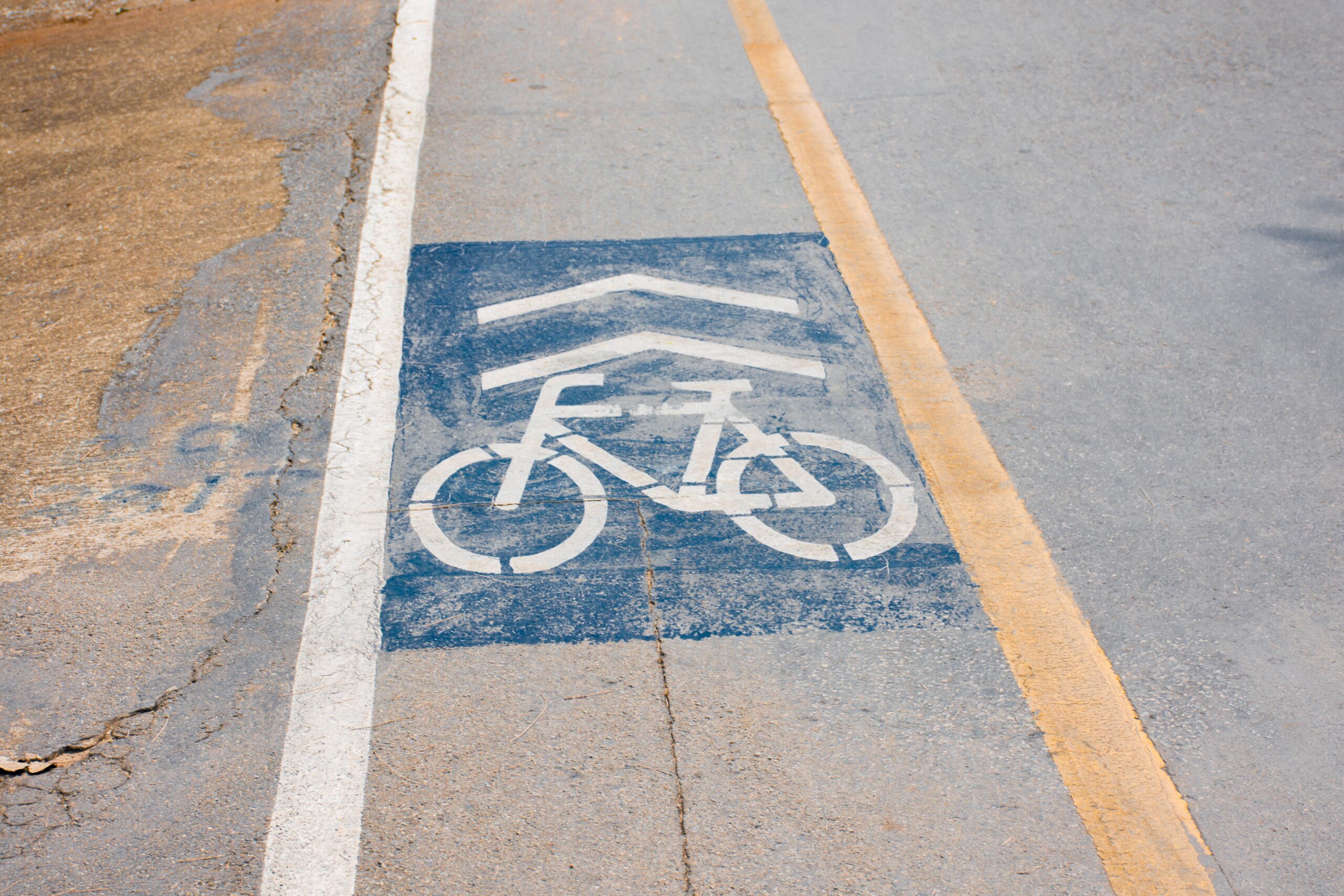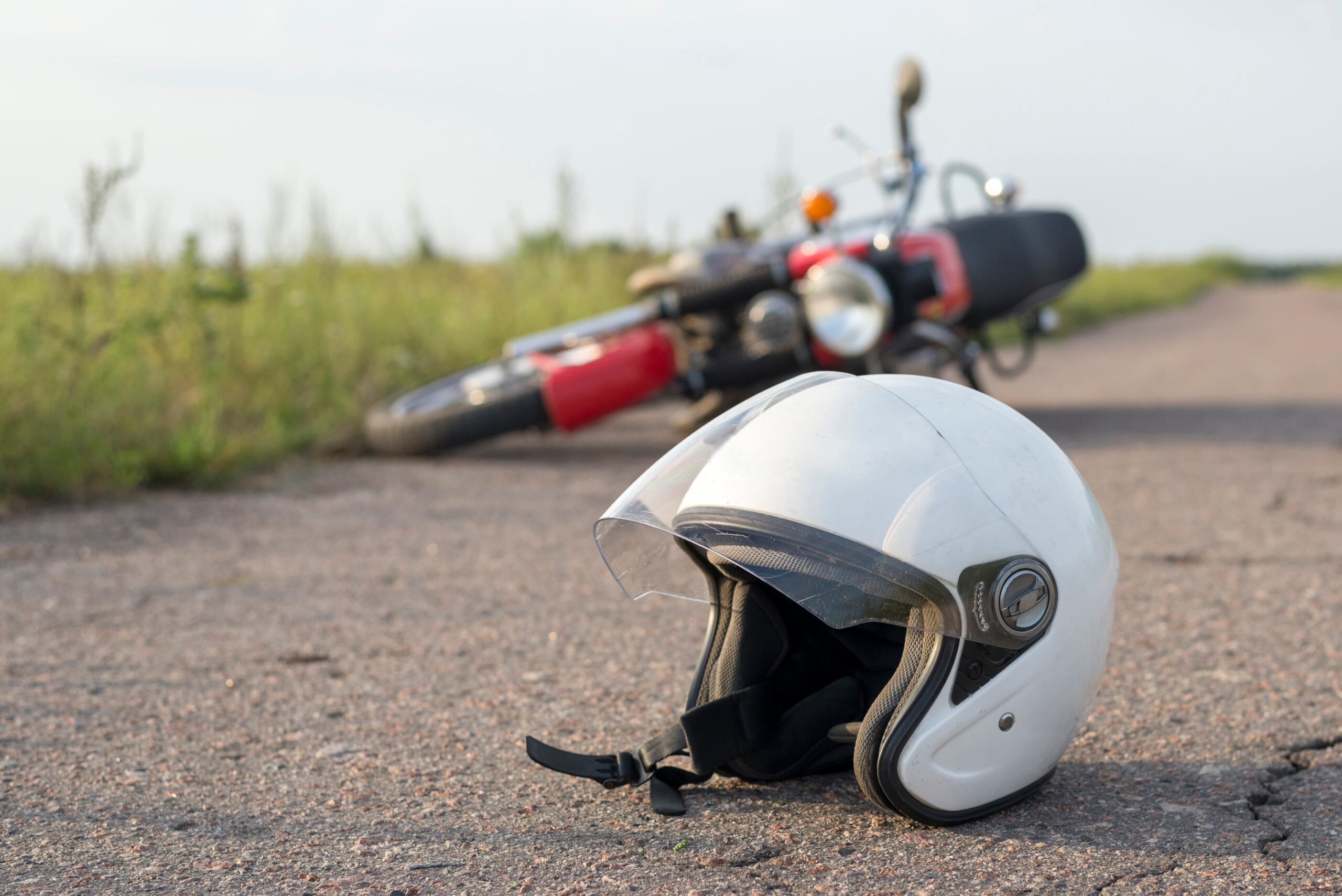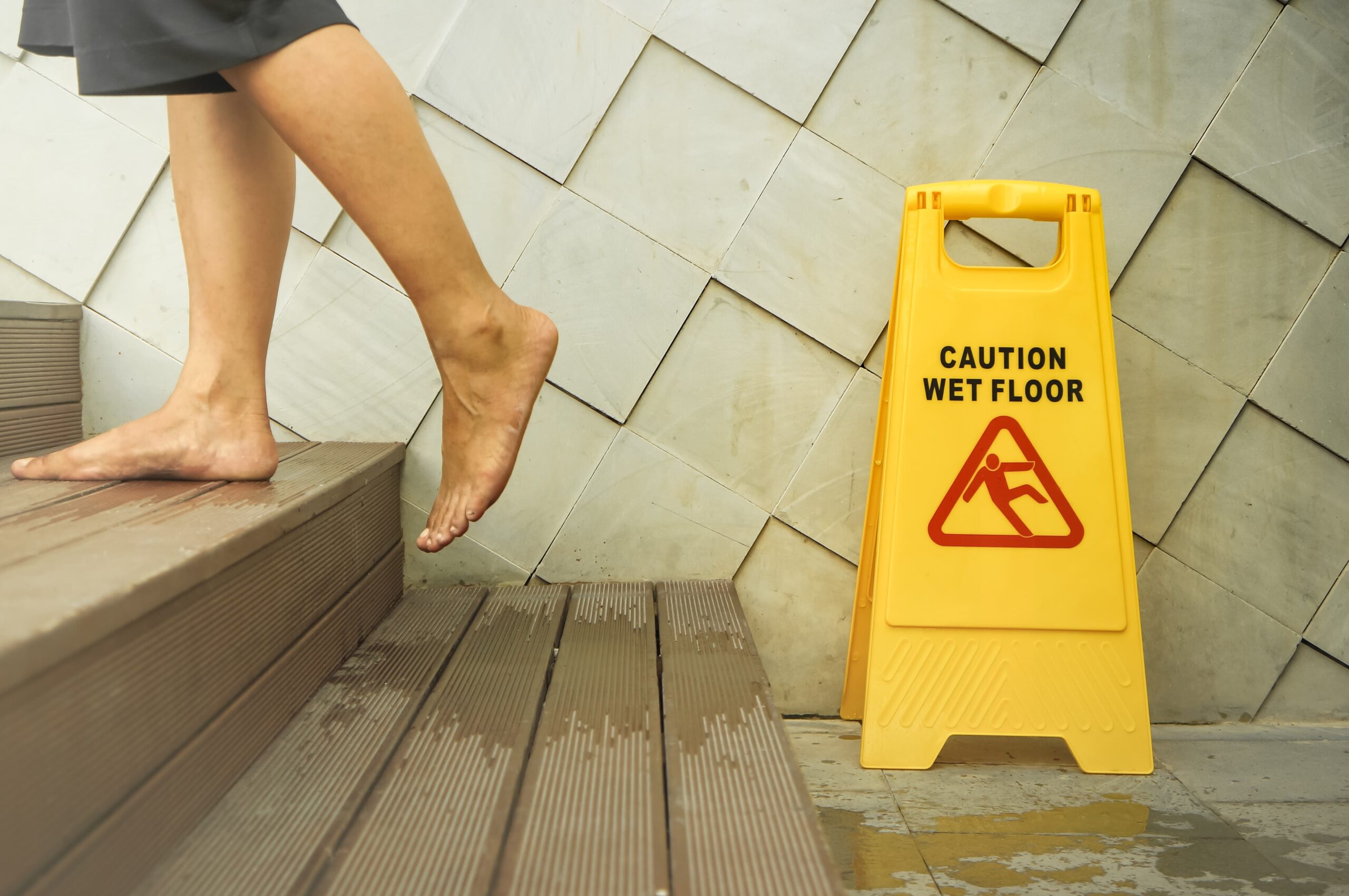TL;DR: Everyone who rides a bike in California has to wear a helmet. That matters for a motorcycle accident claim since the insurance company can decide that the person who didn't wear a helmet was to blame or lessen the amount of damages. Below is the law, along with information on how it affects guilt and damages, schedules, and how Pyramid Legal prepares your case.
In California, everyone who rides or drives must wear a helmet. When you submit a motorcycle injury claim based on helmet legislation, the rule and the safety facts that back it up could change how insurance companies argue about who is to blame and how much the claim is worth. Here’s what you need to know and how we can help.
What You Need to Know About California’s Helmet Law
According to California Vehicle Code Section 27803, everyone in a car, including the driver, must wear a safety helmet that meets state criteria. The rule applies to both highways and city streets, and both riders and passengers can get tickets. For a quick legal read, look at the code text.
California also has a law about lane splitting (CVC § 21658.1) and enables the CHP send out teaching materials. It’s okay to split lanes, but you should still be careful if there is a debate about who is to blame after an accident.
How Helmets Change Who Is at Fault and How Much They Cost
Advice on filing a motorbike injury claim under helmet laws
California uses pure comparative negligence. That means you can still get paid, but only up to the amount of fault you had. If you didn’t wear a helmet, the insurance company might use that as part of their case regarding how bad the harm is, especially if it was a brain injury. We employ expert analysis that is particular to your injuries and how they happened to prove that faulty ideas are wrong.
Safety studies have shown that wearing a helmet lowers the chance of dying or getting a serious head injury. We carefully use this information in court to support claims when a helmet was used correctly and to oppose defenses that are too broad when an injury would have happened anyhow.
- Information on the helmet, such as its model, age, if it met DOT criteria, whether the retention mechanism worked, and whether it showed signs of damage after the crash.
- Medical correlation: ER reports, imaging, and neuro consults that show how injuries are related to the forces your body went through.
- Police reports, pictures, videos, witness statements, and patterns of damage to cars are all types of scene proof.
- Proof of lost wages, changes to benefits, and estimates of future care costs are all examples of economic loss.
Deadlines and What to Do Next
You normally have two years from the day of the crash to submit a claim for personal injury. But if a government vehicle or a road danger is involved, you might only have six months to file a Government Claim first. Don’t wait; deadlines are very important.
Do you have questions about a motorcycle injury claim that has to do with helmet laws? You can book a free consultation, go to our Motorcycle Accidents page, or get in touch with us right away.
In the end
The science behind California’s helmet laws and the laws themselves are relevant in a motorcycle accident claim. We use the law, the facts, and expert analysis to help you get the most money back.
Talk to a lawyer for motorcycles in Pasadena.
Are you ready to fight for your rights? Visit Motorcycle Accidents, schedule a free consultation, or get in contact with our staff right away.









